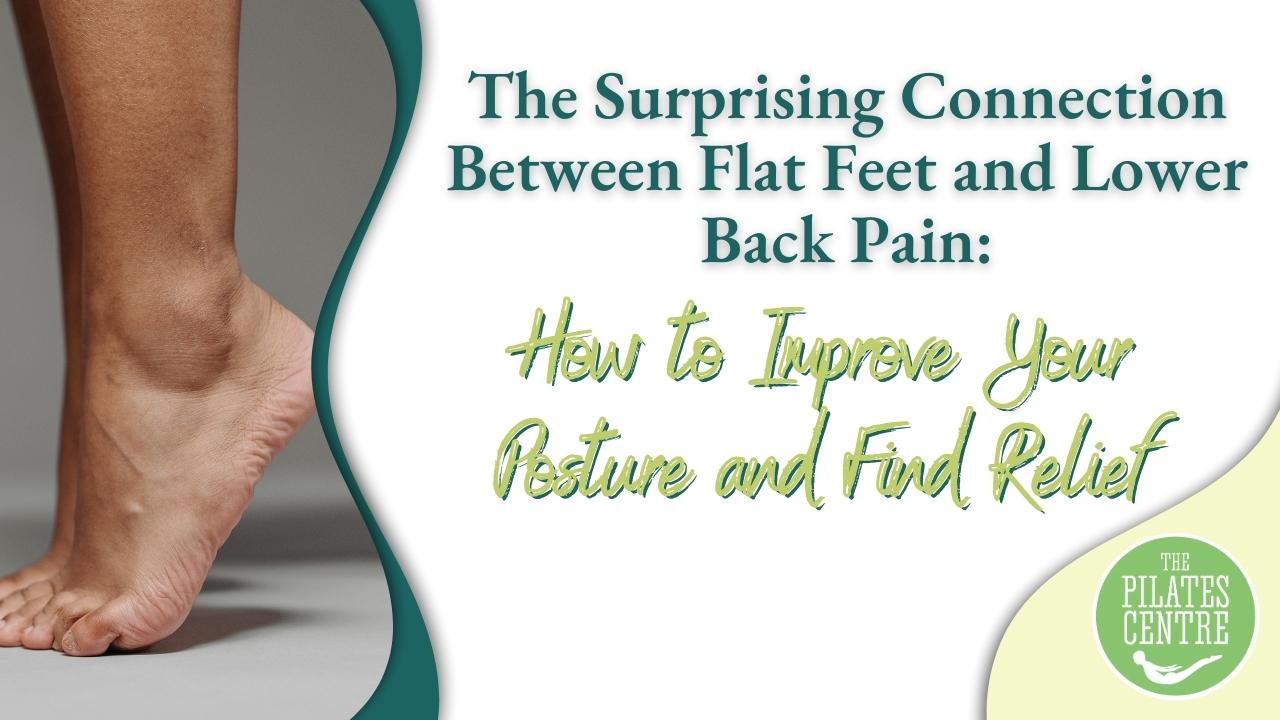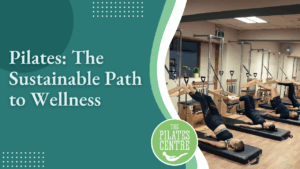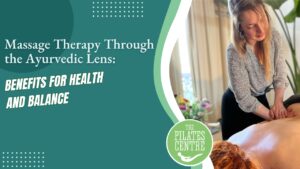Introduction
Are you dealing with persistent lower back pain and wondering about your treatment options? Surprisingly, your feet might hold a clue to your discomfort. In this article, we’ll explore the link between flat feet and lower back pain and discuss effective exercises to lift your arches, improve your posture, and find relief. Let’s dive into the structural interdependence of the human body and how it impacts your well-being.
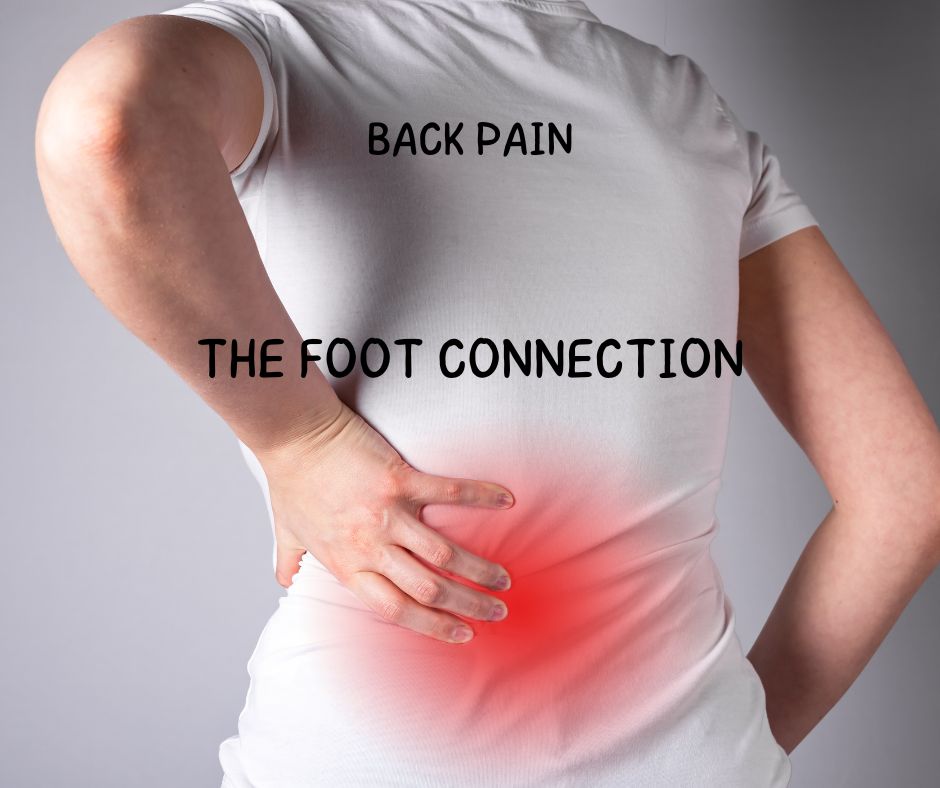
The Foot-Back Pain Connection
The human body is a complex system, and it turns out that the distance between your feet and your back might not be as far as you think. Flat feet, scientifically known as pes planus, can influence the curvature of your spine, potentially contributing to ongoing lower back pain. This article will uncover the correlation between flat feet and back pain, shedding light on back pain treatment options you might not have considered.
Understanding Foot Arches
To grasp the connection between flat feet and lower back pain, it’s crucial to understand the concept of foot arches. There are three arches in the foot, with the most famous one being the medial arch on the inside. These arches function like springs, providing shock absorption during weight-bearing activities. When one’s arches remain collapsed, it leads to flat feet, which can have far-reaching effects on the rest of the body.
Pronation and Its Impact
Pronation, the natural collapsing of the foot’s arch during walking and other activities, is a key player in this connection. When the foot pronates, it initiates a series of movements, including inward rotations of the shin bone and thigh bone. These movements extend to the spine and pelvis, causing the lower back to arch backward, a condition known as lordosis. This increased arching of the spine can lead to a higher risk of experiencing lower back pain.
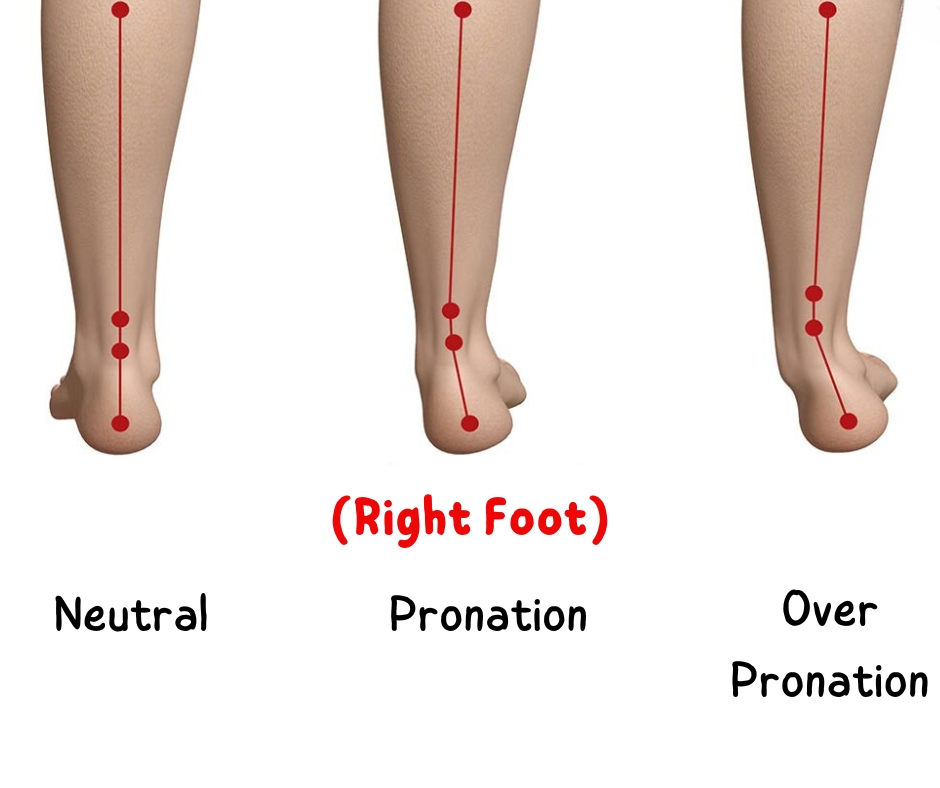
The Role of Muscles and Stabilizers
Muscle weakness and imbalances can further disrupt lumbo-pelvic stability, making the situation worse. These local stabilizing muscles, akin to a lumbar corset, play a crucial role in maintaining spinal stability. When their activation is delayed or compromised, it can contribute to spinal symptoms. To counteract this, it’s essential to work on muscle strength and endurance.
Flat Feet’s Impact on Posture
The feet serve as the foundation of human posture and can significantly affect our daily functions and athletic activities. Excessive foot motion due to flat feet can lead to inefficient shock absorption, forcing other parts of the body to compensate. Over time, this can result in pain or discomfort, especially during physical activities and while carrying heavy loads.
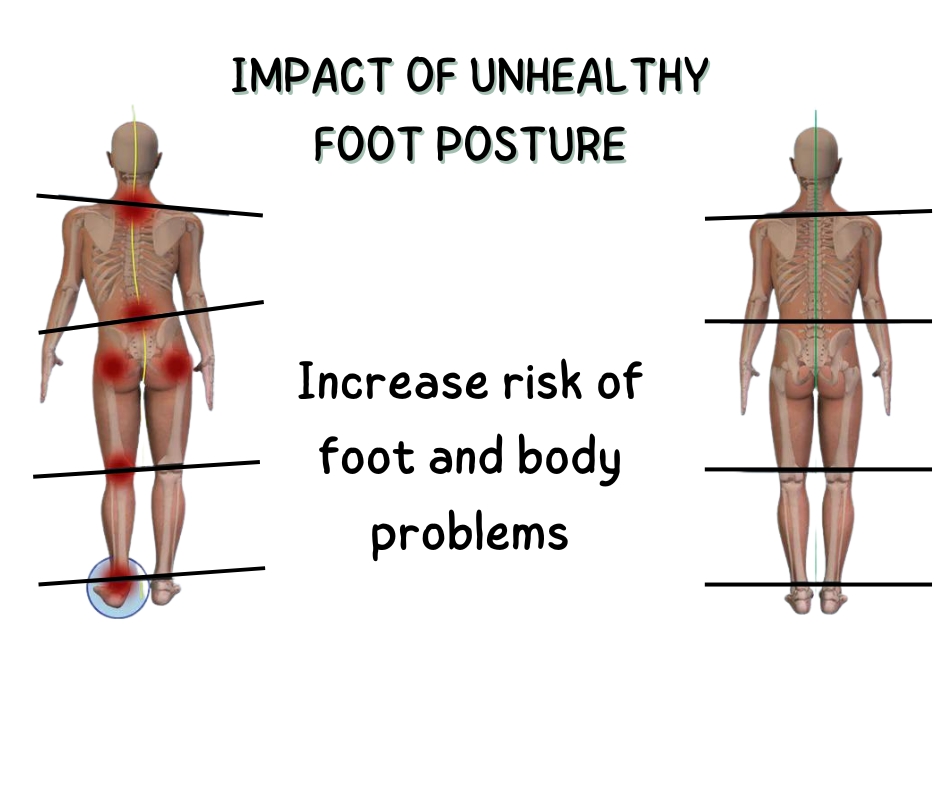
Pilates Foot Corrector Exercise
Using a Pilates Foot Corrector or a small ball, position it under the ball of your foot. Start by pressing through your toes and the ball of your foot, moving the saddle down, then lift your toes and repeat. As you do this exercise, focus on grabbing and releasing the saddle or ball with your forefoot for 15-30 repetitions while keeping the rest of your body still. The work should primarily engage your foot, ankle, and lower leg. Make sure to stabilize your pelvis to prevent your body from rocking forward and back.
By prioritizing your posture and foot health, you can enjoy an improved quality of life, reduce the risk of lower back pain, and strengthen your arches for better support. For a more detailed guide on how to use the foot corrector, check out this video.
So, start paying attention to your feet, stand tall, and embrace these exercises that will help you build strong arches, improve your posture, and promote overall well-being. Your body will thank you for it.
Conclusion
In this age of sedentary lifestyles and poor ergonomic practices, poor posture has become a common issue. What many may not realize is that the alignment of your feet plays a significant role in this. By paying attention to your feet and their influence on posture, you can make a remarkable difference in your overall health, prevent potential foot and ankle injuries, and improve your posture.
Remember, posture extends from your feet to your head, affecting various body systems. Understanding this interplay within your body allows you to take control of your posture, leading to better well-being. Whether you’re standing, walking, or sitting, your foot placement matters. Take the time to correct your gait and seek professional guidance if needed. By prioritizing your posture and foot health, you can enjoy an improved quality of life and reduce the risk of lower back pain. So, start paying attention to your feet and stand tall, from the ground up

John McCallum
is an esteemed, Fully Certified Comprehensive Classical Pilates Teacher and takes immense pride as the proprietor of the distinguished Pilates Centre located in Jalon, Spain. His remarkable journey in the realm of Pilates commenced back in 2006, a pivotal juncture when he confronted the diagnosis of three slipped discs in his lower back. Pilates emerged as a beacon of profound hope and rejuvenation in his life. Instead of succumbing to the prospect of surgical intervention, Pilates gracefully assumed the role of his lifeline.
This transformative experience impelled him to make a resolute decision that would reshape his life’s trajectory. Following his journey to become a Pilates Teacher, he passionately extended the benefits he had personally garnered to those in need. This also took him to travel to other countries to continue to learn and have a fuller understanding of the method.
Fueled by an unwavering passion for Pilates, he has forged a dynamic collaboration with a reputable research institution. This strategic alliance enables him to deliver precise and illuminating insights, fostering support and empowerment for individuals interested in the power of this method. His literary contributions have garnered distinction within an array of esteemed global publications.

